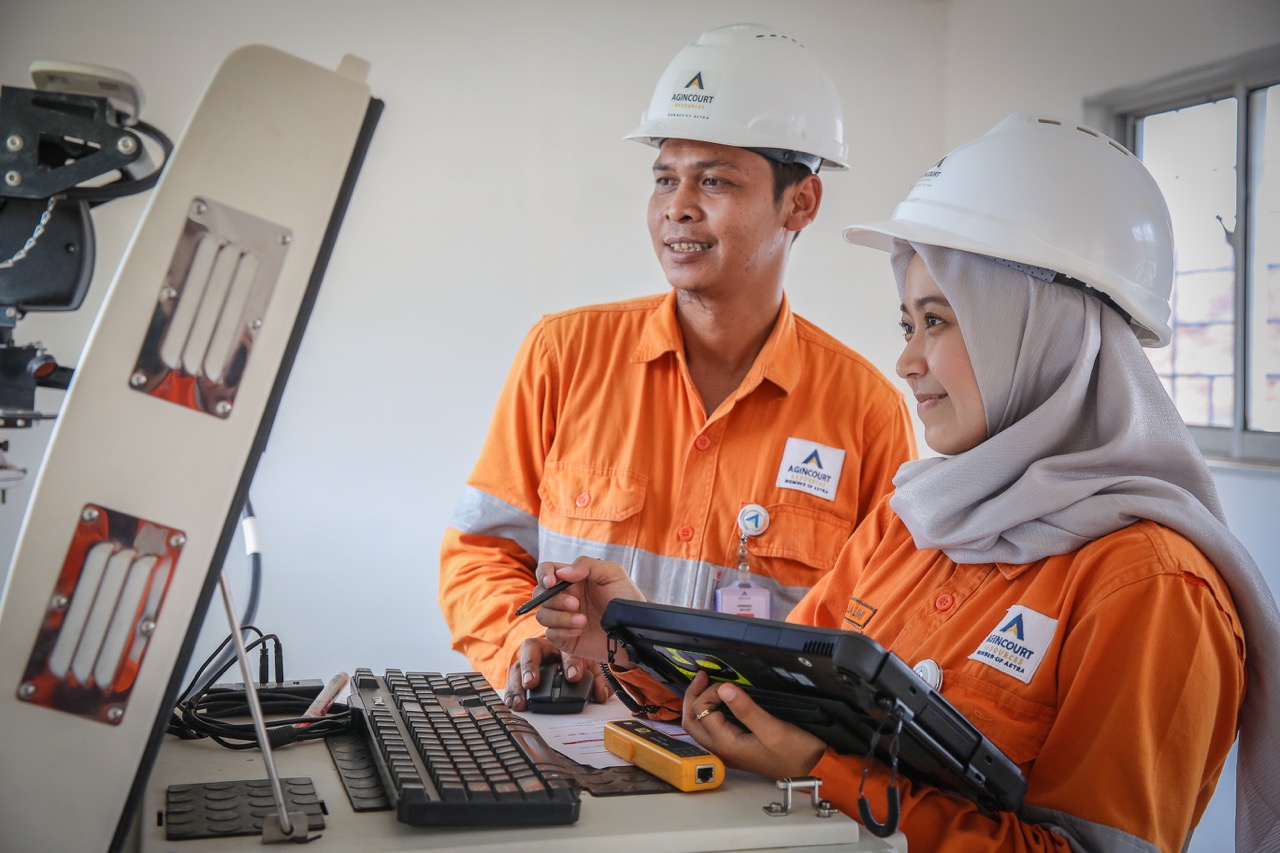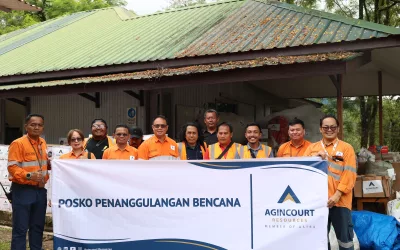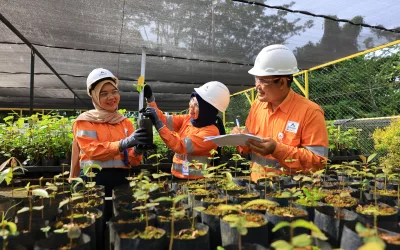Digitalization is nothing new in the mining industry. Most companies have been implementing some sort of digitalization for certain parts of their processes for years now. However, according to Boston Consulting Group’s 2021 Digital Acceleration Index (DAI), the metals and mining industry is still far behind its peers in comparable sectors like automotive and chemicals and are about 40% less digitally mature.
This is consistent with Rockwell Automation’s 2022 industry research which further revealed that “most mines are in the pre-implementation phase of their journey. In fact, nearly one-third are still in the initial exploration and fact-finding stage–and only 10% have completed at least one digital implementation”.
Why is it a necessity for the mining industry to undergo digital transformation?
1. Smarter decision.
There is a huge amount of data available about how a mine is running. Too much for any human operator to process, in fact. This is where digital tools, such as advanced process control, AI, Big Data, Cloud computing, digital twins, augmented reality, and IoT, come into play. They take the data and use it for smarter and faster data to decision-making process. Because the more you know, the smarter the decisions you are able to make.
2. Process improvement.
Digitalisation is speeding up this ever-ongoing process of improving productivity. Predictive and prescriptive maintenance effort will continue to improve because digital equipment has more and better sensors that can be read and analyzed remotely.
3. Sustainability.
We can use digital tools to improve water management, waste management and energy management, and help mines not just comply with applicable legislation but work actively with sustainability. This is extremely important as mining has a huge environmental impact.
4. To really create value. Look at the end-to-end process and integrate your whole value chain. Identify where you create the most value for your stakeholders and which processes have the greatest impact on your bottom line. There are digital tools for almost every process. But you cannot digitalise everything at once. So unless you have unlimited resources, choose the process that has an impact and aligned with your business strategy.
Read Also: Constructed Wetland Technology for Mining Wastewater Treatment
Most common technologies used in the mining industry
Here are some technology trends that expected to have a significant impact on the mining industry:
• Automation and operational hardware.
Deploying digitally enabled hardware tools to automate and optimize any inefficient, manual and risky operational activities and processes. These include sensors,unmanned aerial vehicles (UAV),3D printing and remote controlled vehicles
• Digitally-enabled workforce–Using connected mobility, and virtual and augmented reality to enable field, remote and office workers to perform better andsafer at any time. With augmented reality, you can mix reality with computer images, while Additive Manufacturing allows you to have 3D printing. As mines are often remotely located, these two technologies can reduce the need for manpower and save precious time on transportation of spare parts.
• Integrated enterprise, platforms and ecosystems–When all integrated application and data can be accessed securely in one platform from anywhere and any devices. This often involves integrating information technology (IT) and operational technology (OT), asset cybersecurity and sourcing, and data exchange.
• Next-generation analytics and decision support–Leveraging technologies to process data from sources within and beyond the traditional value chain to provide real-time decision support and future projections. Key applications include advanced analytics, simulation modeling and artificial intelligence.
• The digital twin–Creating a digital twin of every machine so you can simulate the entire automation process including the effect on machine B and C when you adjust the settings on machine A. You will have a strong foundation for a significant increase in productivity because the computers are able to simulate an unlimited number of scenarios. This technology can create an exciting impact, from longevity of products, energy usage and a lot of other things we can’t even imagine yet.
Digitization is a challenge that must be accepted to adapt to the new market. Although one might think that this process requires large capital investments, the reality is that eventually it results in lower costs.







